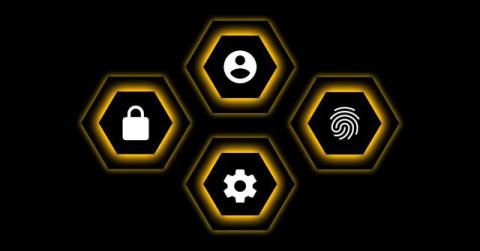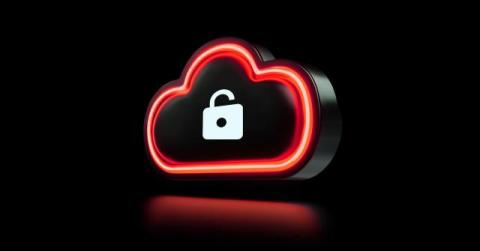Why Federal Agencies Need Enterprise Password Management Despite Smart Card Authentication
As a former federal CISO, I’ve observed a persistent and dangerous misconception within government agencies: the belief that smart card authentication eliminates the need for enterprise password and Privileged Access Management (PAM) solutions. This assumption creates critical security vulnerabilities that deserve closer examination.















